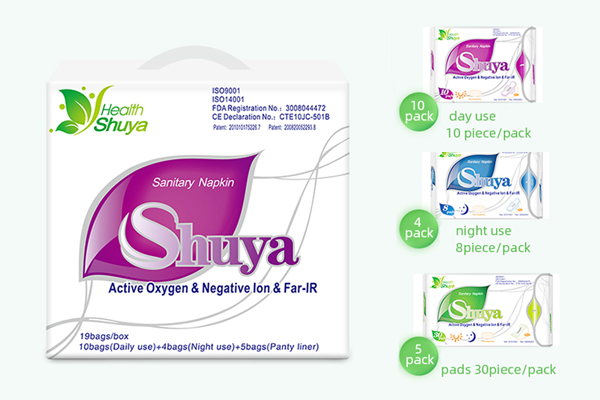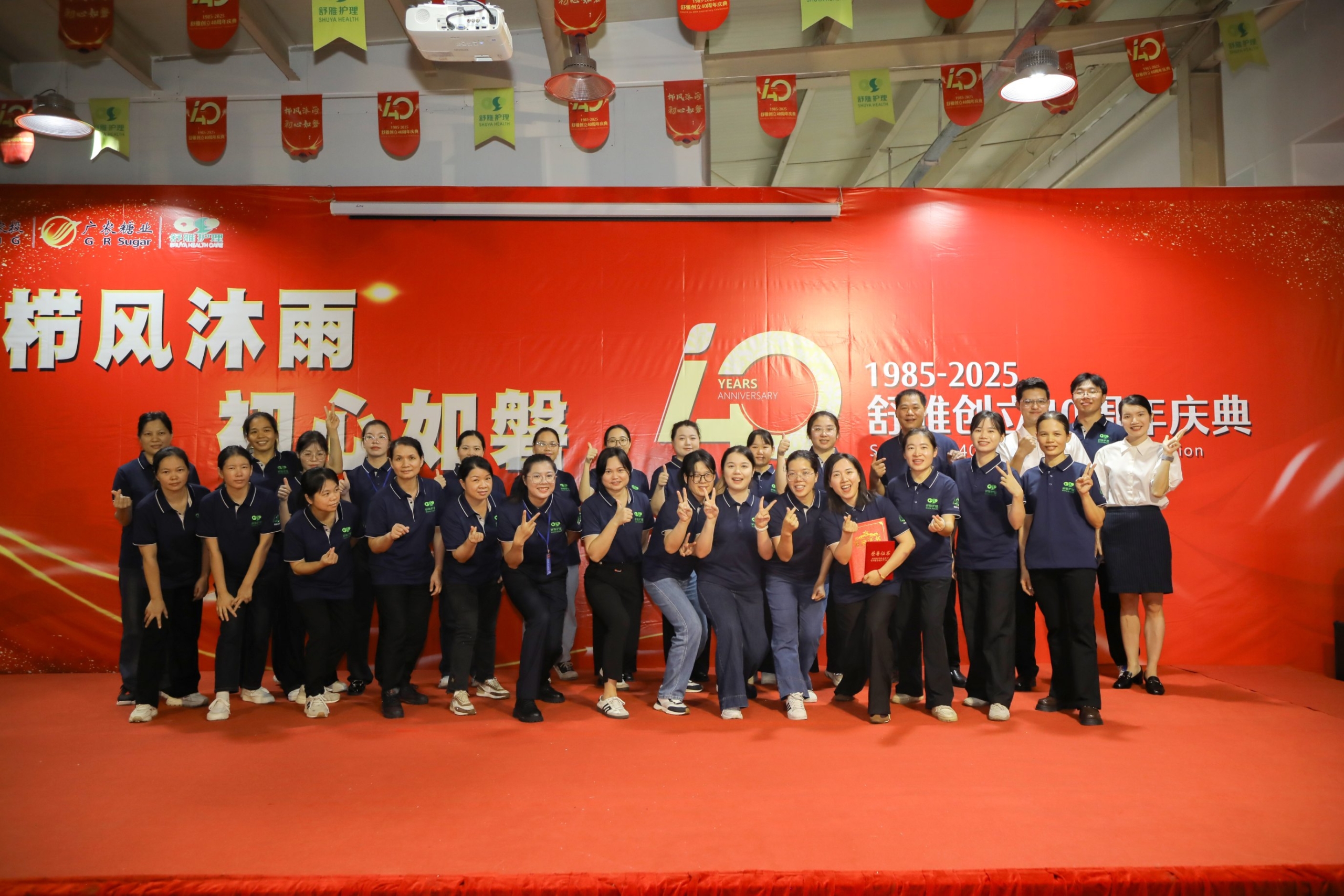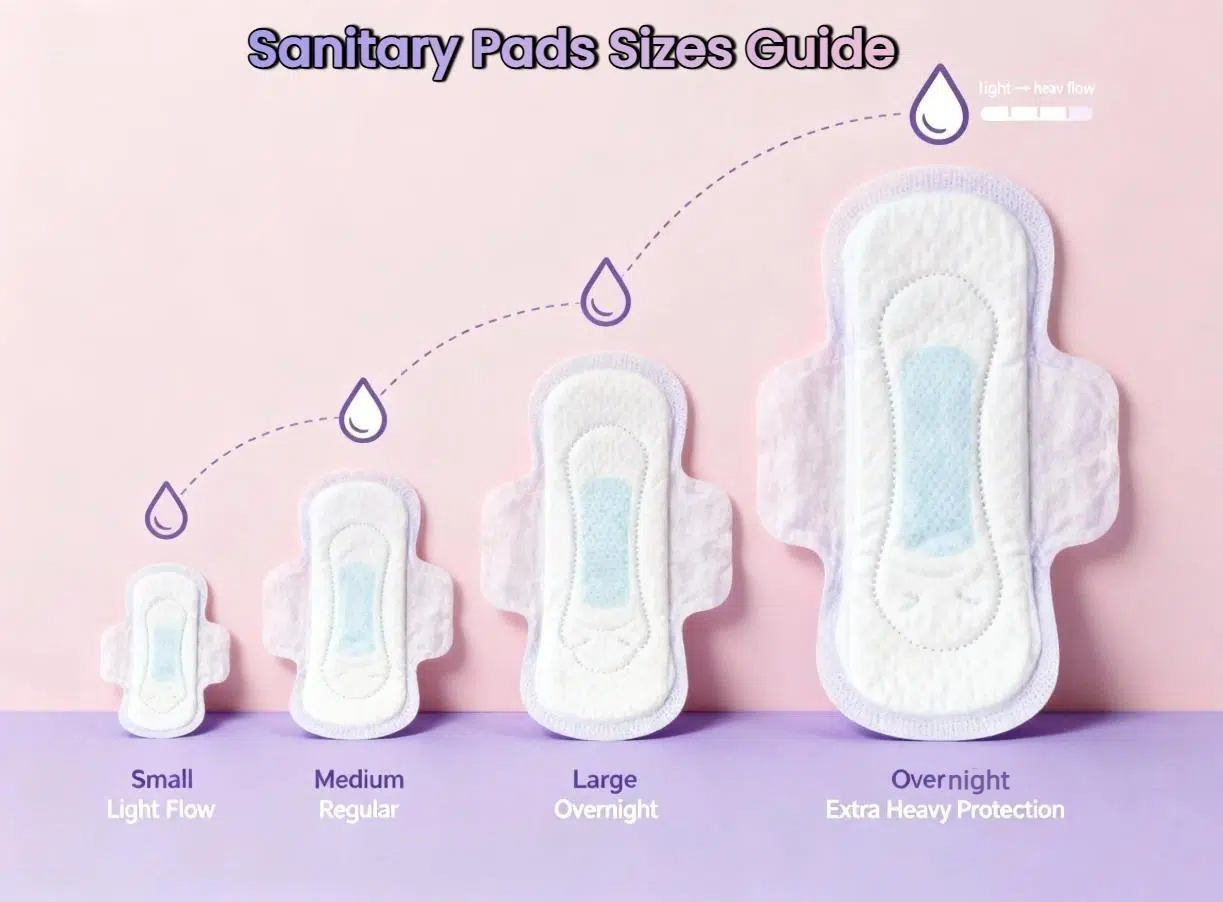In retailing feminine hygiene products, understanding the distinct roles of panty liners and pads is essential to meet diverse consumer needs. These products serve different purposes—from managing light spotting to heavy menstrual flow—and their features, such as absorbency and comfort, directly impact customer satisfaction. Fluctuating daily needs make it crucial to offer clear guidance and appropriate product options. By exploring the key differences and use cases of panty liners vs. pads, businesses can better position their offerings, enhance consumer trust, and reduce purchase hesitation in the aisle.
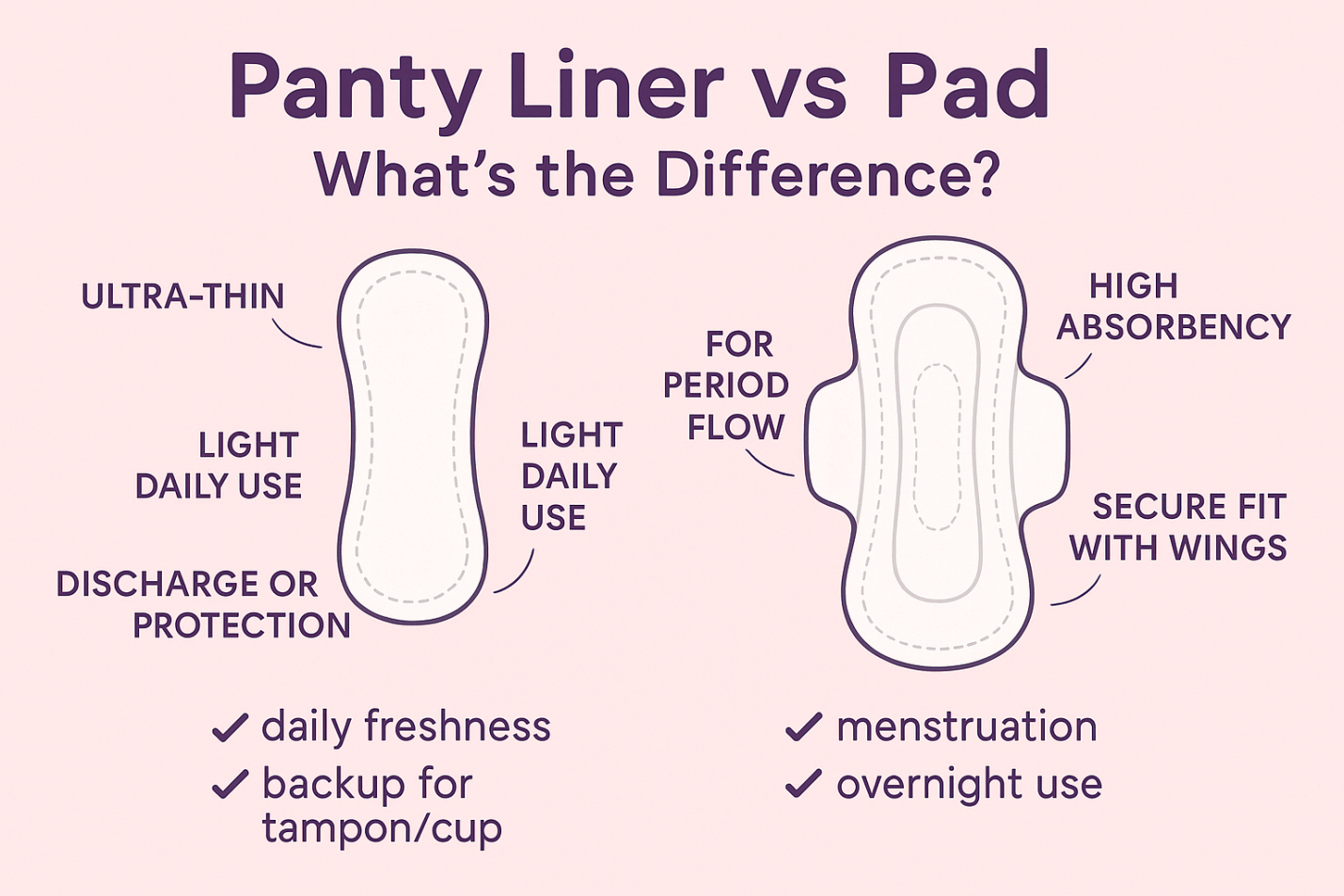
What are Panty Liners and Pads?
Panty Liners
Panty liners are lightweight, absorbent strips of fabric designed to be worn every day or on the lightest of your period days. Their sole function is to trap small bits of discharge, light spotting, or serve as a backup layer when tamponing or using menstrual cups. The panty liners uses typically focus on managing daily vaginal discharge, spotting, or light menstrual flow with minimal bulk.
Panty liners are usually shorter and thinner than sanitary pads, so they are a discreet, comfortable choice to wear every day. Panty liners come in various types, including those composed of organic material or hypoallergenic pads for periods, which are ideal for people with sensitive skin. With or without fragrance, and in different lengths to fit different levels of discharge, panty liners can be made to meet different needs.
Sanitary Pads
Sanitary pads or period pads are thicker and heavier than panty liners and are designed to take higher menstrual flow. Pads give greater coverage on your undies and can handle any flow level, from light to heavy. Pads also exist in various sizes, lengths, and thicknesses to provide comfort and secure protection during your period.
Heavy menstrual bleeding pads are utilized by the majority to obtain extra absorbency on their heavies days. Furthermore, pads generally have adhesive backing to stay put and may also include wings to provide extra protection so that leakage is not seen, particularly at night.
Panty Liner vs Pad: A Side-by-Side Comparison
The following table illustrates the difference between panty liners and pads in the most important ways. Understanding these differences is crucial to better support customer needs and optimize product recommendations based on comfort and specific use cases.
| Feature | Panty Liner | Sanitary Pad |
| Materials | Soft, lightweight fabric | Thicker, absorbent layers |
| Size | Smaller and thinner | Larger and more absorbent |
| Thickness | Thin | Medium to thick |
| Absorbency | Low | Moderate to high |
| Comfort | Light and breathable | Offers full coverage |
| Adhesive Wings | Rarely included | Often includes wings |
| Protection Level | Light protection | High protection |
| Frequency of Change | Every 3-4 hours | Every 4-6 hours |
When Should You Use Each?
Choose Panty Liners If:
- Manage light menstrual flow or spotting, typically at the start or end of the cycle.
- Provide additional protection for consumers anticipating the onset of their period.
- Offer daily discharge protection with minimal bulk compared to full pads.
- Enhance leak confidence for users of tampons or menstrual cups.
- Address mild bladder leakage common among aging& postpartum women populations.
Choose Sanitary Pads If:
- Absorb medium to heavy menstrual flow requiring higher capacity.
- Provide full coverage protection for overnight use to prevent leaks.
- Support extra protection needs during recovery from gynecologic surgery.
- Manage heavy menstrual bleeding with pads specifically designed for high absorbency.
- Postpartum women use.
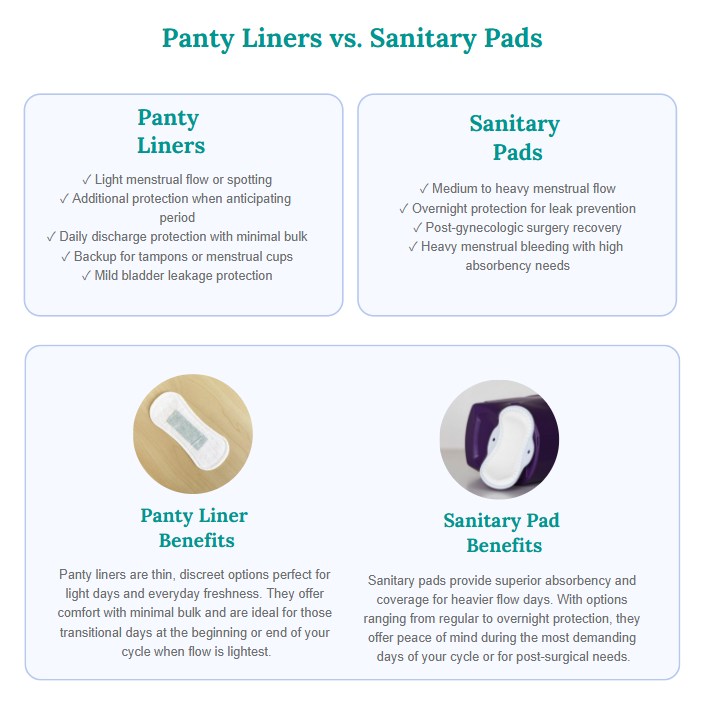
Shuya: OEM/ODM Personal Care Products Factory
At Shuya, we know how much comfort and reliability matter in sanitary products for women. That is why we provide a series of high-quality, biodegradable sanitary pads and hypoallergenic period pads, which are designed with every female’s comfort in mind day after day. As a professional OEM/ODM manufacturer, we offer customized products according to your special requirements. We cover a range of hygiene products, such as sanitary napkins, panty liners. All of these products are carried out with the standards of FDA, CE, ISO9001, SGS, CNAS, MSDS, etc.
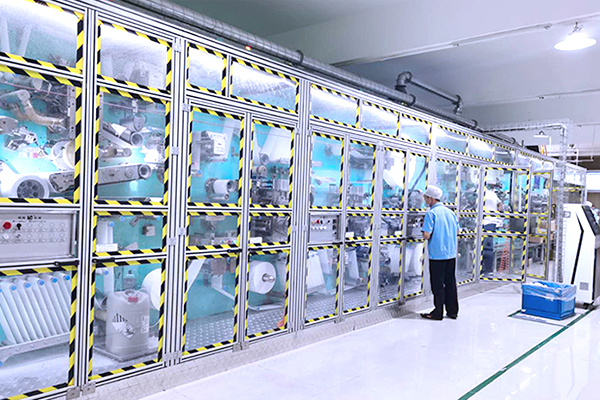
Conclusion
Effective menstrual care starts with understanding product applications for different flow needs. Panty liners are ideal for light days, offering discreet, comfortable protection, while menstrual pads provide reliable coverage on heavier days. Shuya’s hypoallergenic menstrual pads and biodegradable sanitary pads deliver superior safety and eco-friendly benefits, helping you meet consumer demand for comfort, health, and sustainability. Partner with Shuya to offer products that empower your customers with confidence and dependable protection throughout their menstrual cycle.
